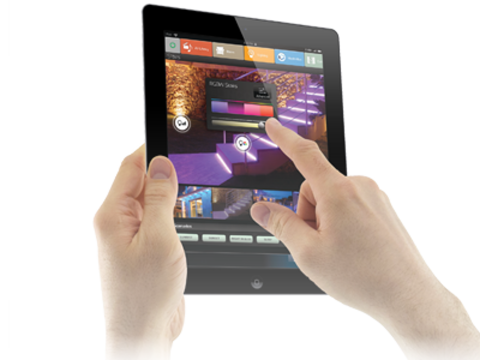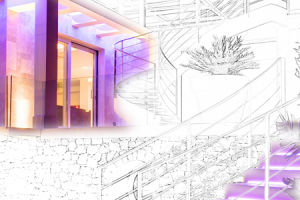| Involved partners | Nextworks AIT – Austrian Institute of Technology Sensing & Control |
| Countries involved in the trials | Italy (energy show case) Austria (health show case) Barcelona |
| Platforms involved (not finalized) | Symphony KIOLA nAssist/enControl |
| Number of test users planned | 60 |
This scenario is still in the implementation phase and the symbIoTe partners Nextworks and AIT are working to finalize it before the actual integration with symbIoTe components takes place.
The trial for the health story will be implemented in Vienna, where AIT has its headquarter.




 This project has received funding from the European Union's Horizon 2020 research and innovation programme under grant agreement No 688156
This project has received funding from the European Union's Horizon 2020 research and innovation programme under grant agreement No 688156